Backup isn’t just about recovery anymore. Explore why modern data backup plays a critical role in cyber resilience, compliance, and business continuity—and how IBM Spectrum Protect helps make it possible.
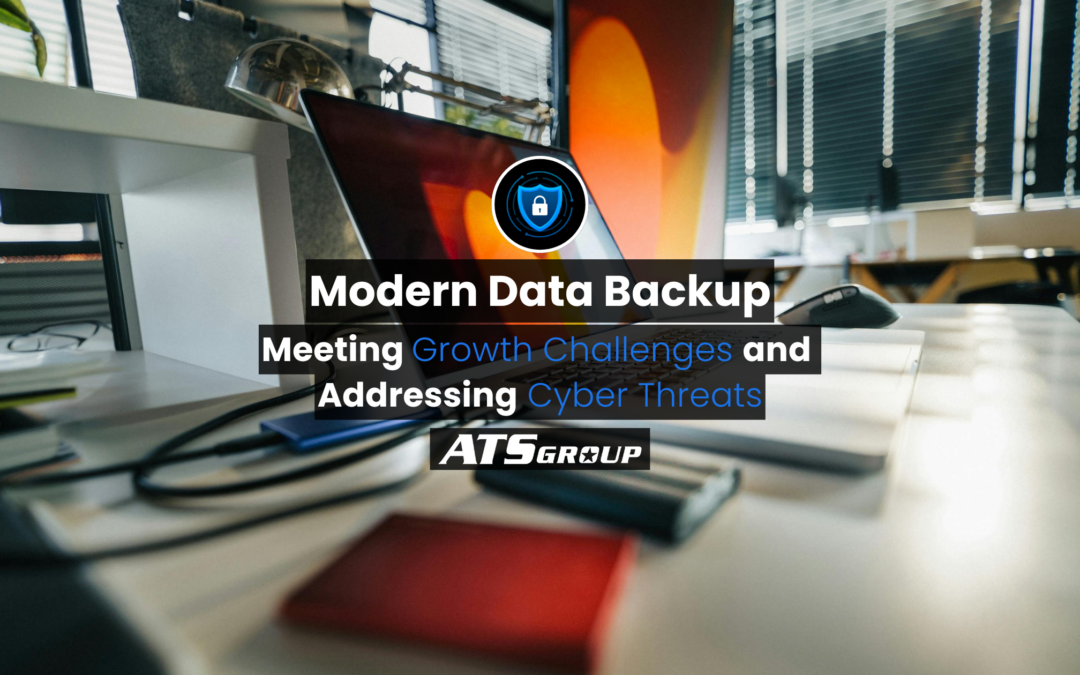

Backup isn’t just about recovery anymore. Explore why modern data backup plays a critical role in cyber resilience, compliance, and business continuity—and how IBM Spectrum Protect helps make it possible.

AIX teams are under pressure—but Ansible offers a scalable way to reduce risk, preserve knowledge, and operate smarter. Learn how to automate with confidence.
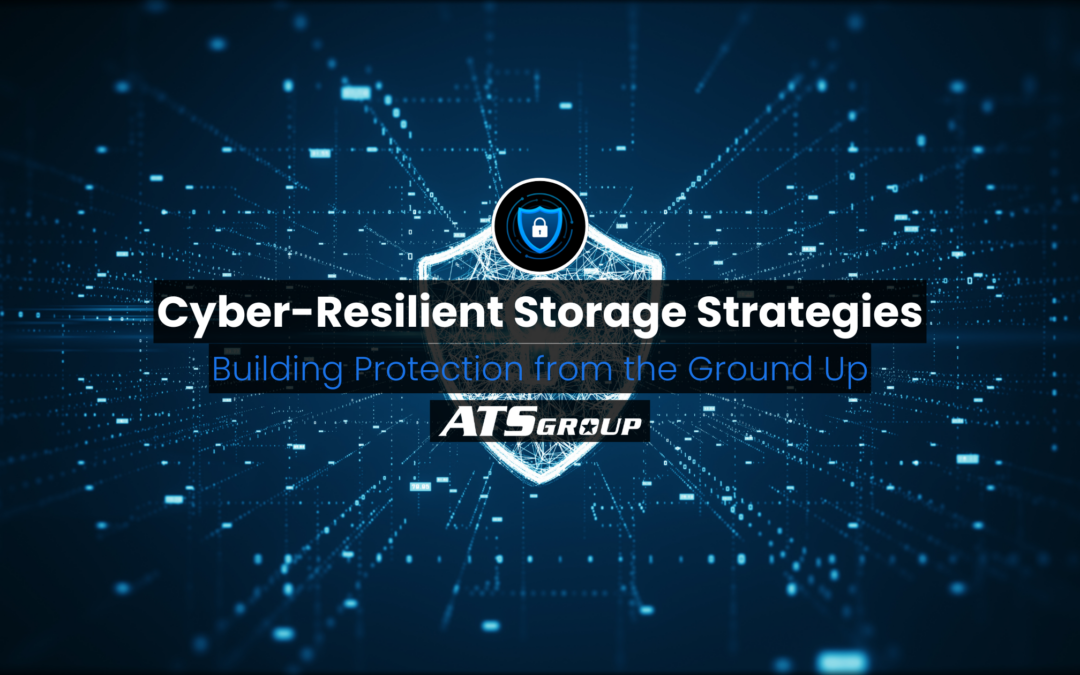
Cyberattacks don’t just target endpoints—they target your backups too. Learn how cyber-resilient storage using Flash, Defender, and Tape protects your environment from the inside out.
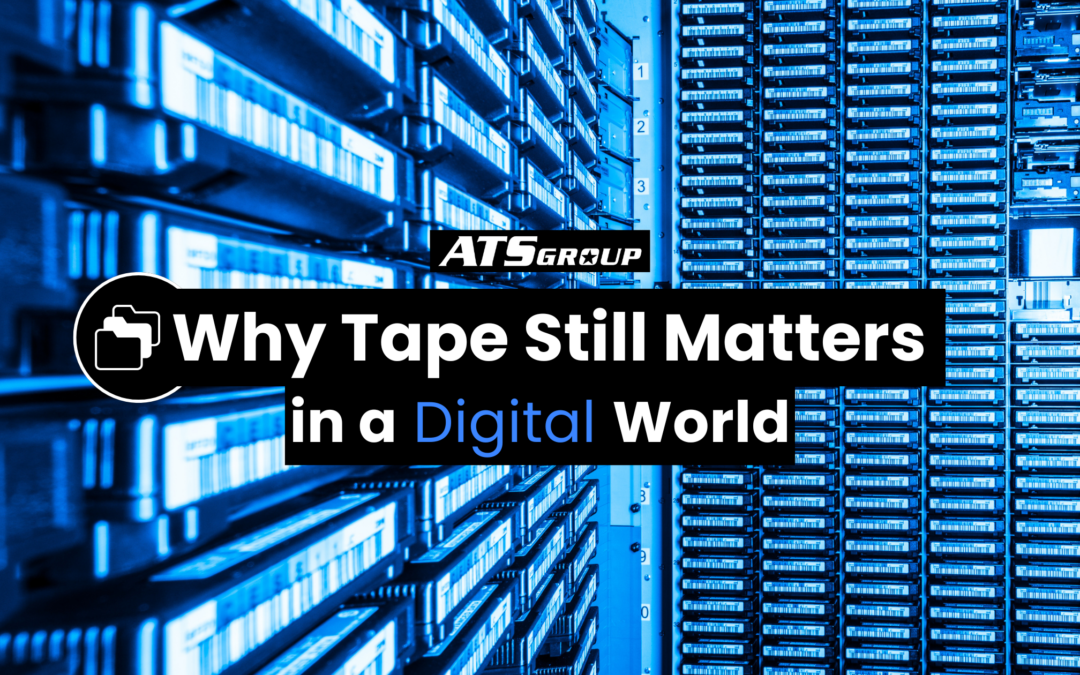
Why are enterprises rethinking tape? Modern tape storage offers unmatched cost-efficiency, security, and compliance for long-term data retention.
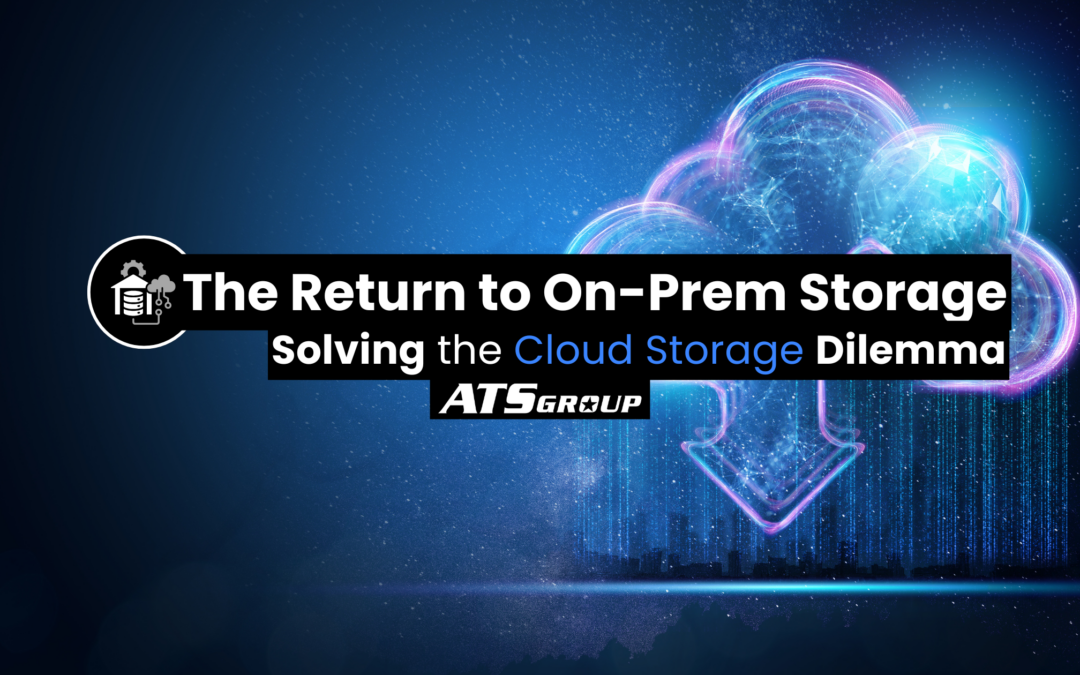
Rising cloud storage costs and compliance headaches have IT leaders rethinking their strategy. Discover how modern on-premises storage solutions offer control, security, and long-term value.

IT automation with Red Hat Ansible helps IT teams eliminate inefficiencies, reduce manual work, and scale operations across hybrid environments. In today’s fast-moving infrastructure landscape,...
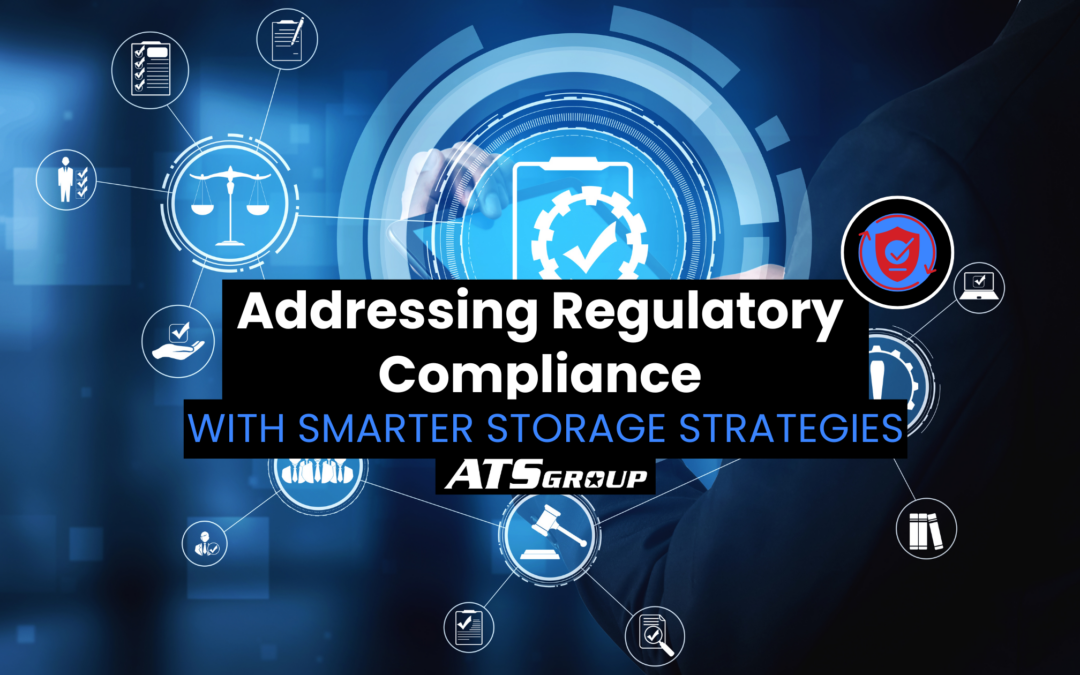
Struggling with regulatory compliance? Smarter storage strategies can help. Discover how IBM Storage Defender simplifies governance, security, and audit readiness.
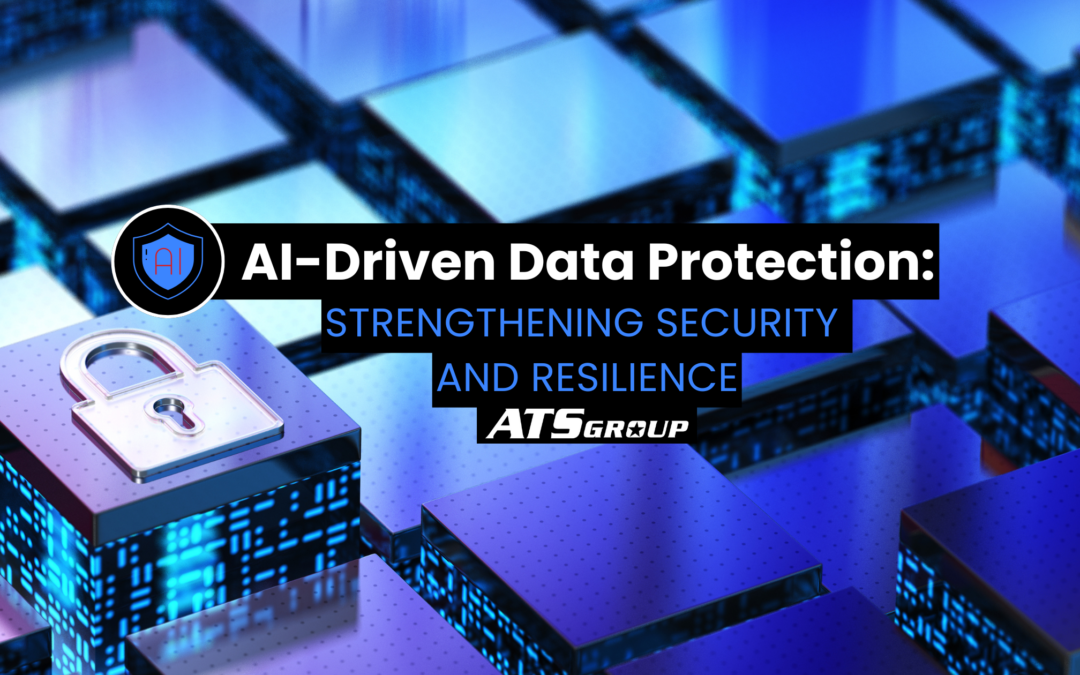
Traditional data protection strategies are no longer enough to combat today’s advanced cyber threats, increasing data complexity, and stringent compliance regulations. AI-driven data protection is transforming cybersecurity by enabling proactive threat detection, automated recovery, and optimized storage management. In this blog, we explore how AI enhances security beyond traditional methods, how IBM Storage Defender leverages AI for resilience, and why integrating AI into your data protection strategy is essential for future-proofing your business.
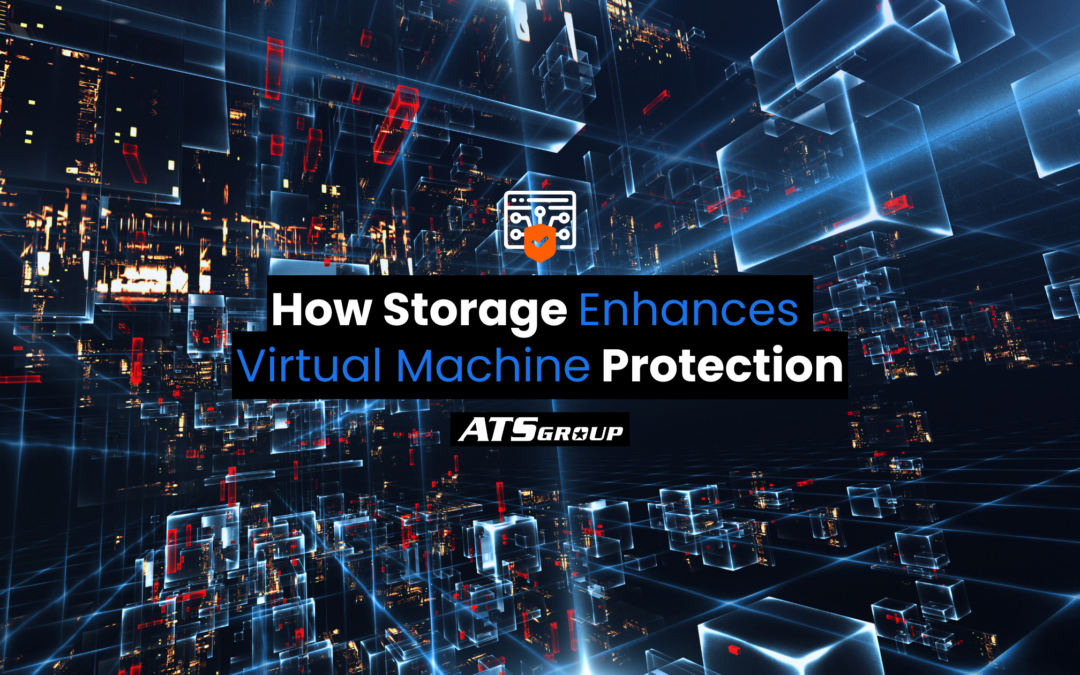
Virtual machines face numerous risks, from data corruption to ransomware attacks, requiring robust protection strategies. Learn how modern storage solutions, such as flash storage and advanced data protection technologies, can drastically improve the speed, reliability, and security of VM protection and recovery.
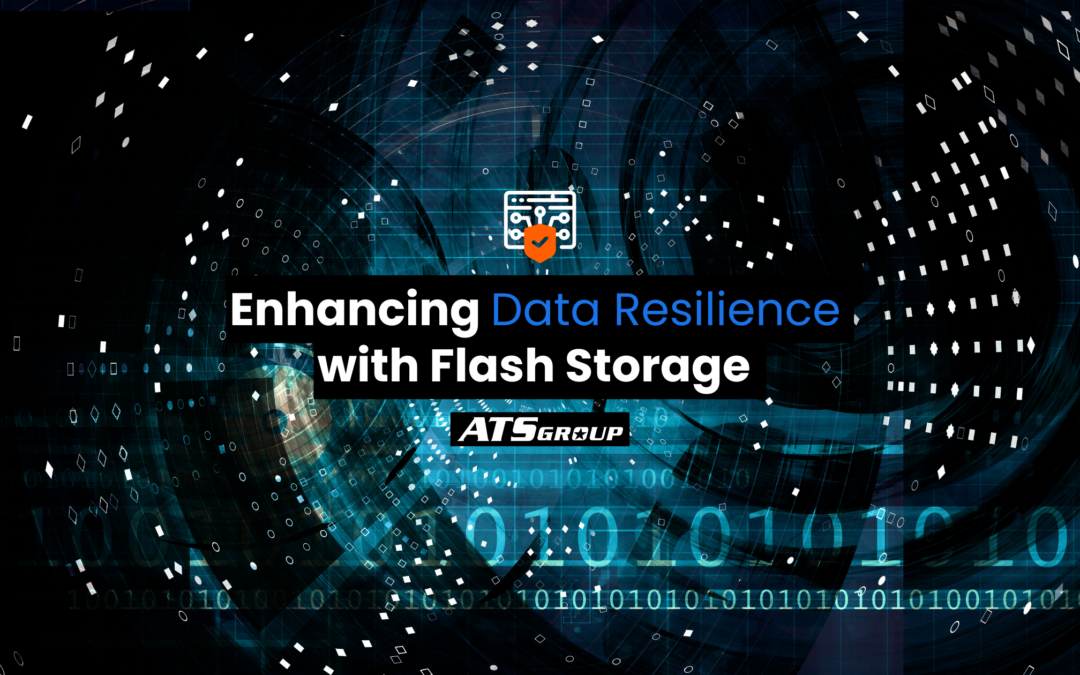
When downtime strikes, the speed of recovery can make or break your operations. Traditional backup methods are reliable, but integrating flash storage for data recovery brings unmatched speed, scalability, and advanced data protection to the table.
In industries like healthcare, financial services, and e-commerce, flash storage ensures rapid data access, minimizes disruptions, and fortifies resilience against threats. With features like immutable snapshots, automated recovery workflows, and continuous data protection, flash storage delivers both speed and security.
Discover how flash storage can transform your data recovery strategy, safeguard critical operations, and help your organization stay ahead of the curve.

Hybrid cloud promises modern business increased flexibility, scalability, and security across your environments—bare metal servers, virtual machines, containers, private clouds, and public clouds....